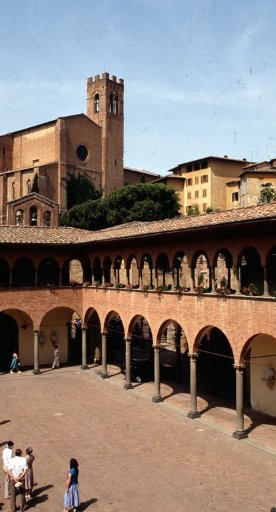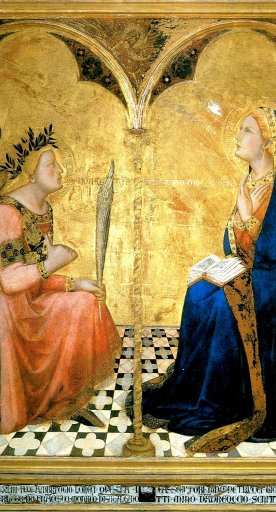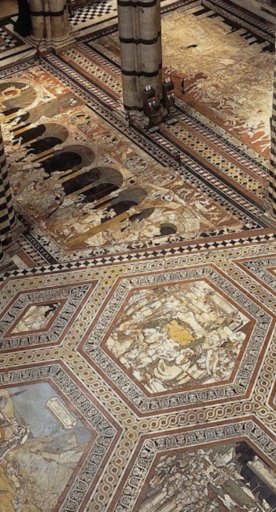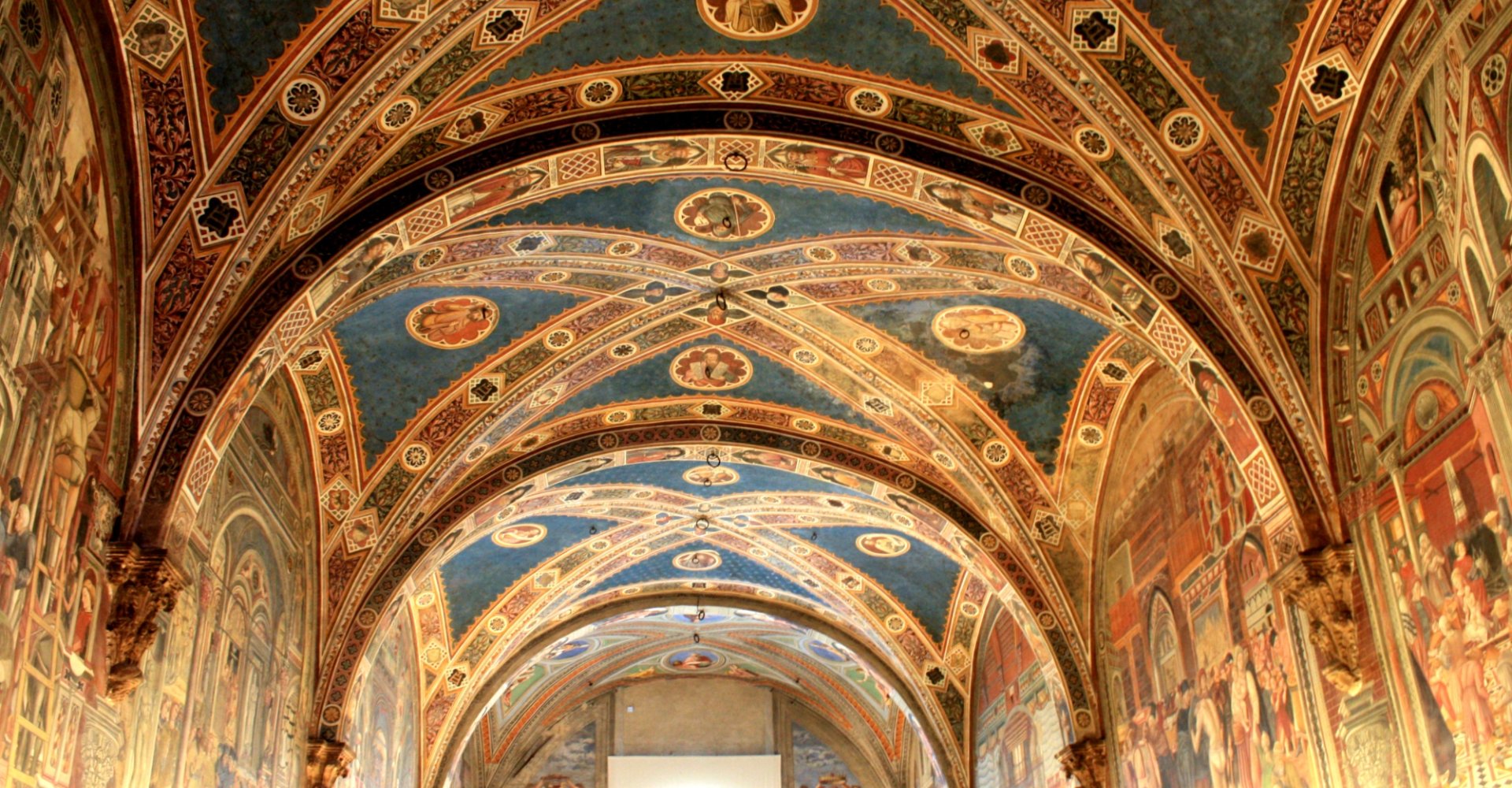
Santa Maria della Scala in Siena
The ancient hospital for pilgrims on the Via Francigena
From an ancient hospital for pilgrims to an imposing museum collecting all of Siena's past.
We are talking about Santa Maria della Scala: a monument that is well worth your time if you visit the city of the Palio, because it keeps extraordinarily intact evidence of a thousand years of history, with a path that starts from the Etruscan and Roman ages, goes through the Middle Ages and reaches the Renaissance.
The large museum complex, one of the must-see riches of the city of Siena, unfolds through several levels: on the ground floor you can admire the vestiges of the golden age of Santa Maria della Scala, when it was the oldest and largest hospital on the Via Francigena that provided hospitality and care to pilgrims traveling to Rome and supported the poor and abandoned children.
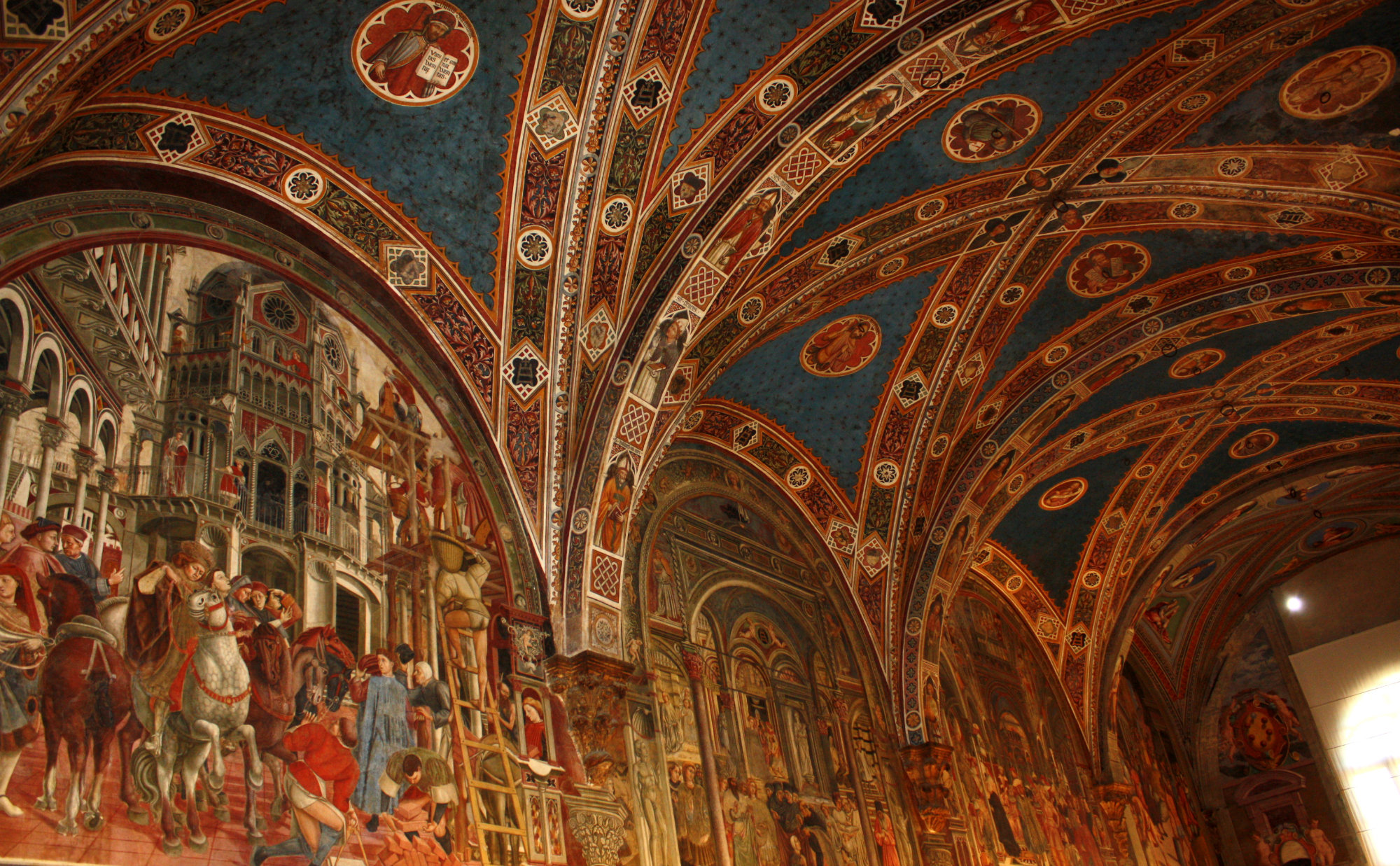
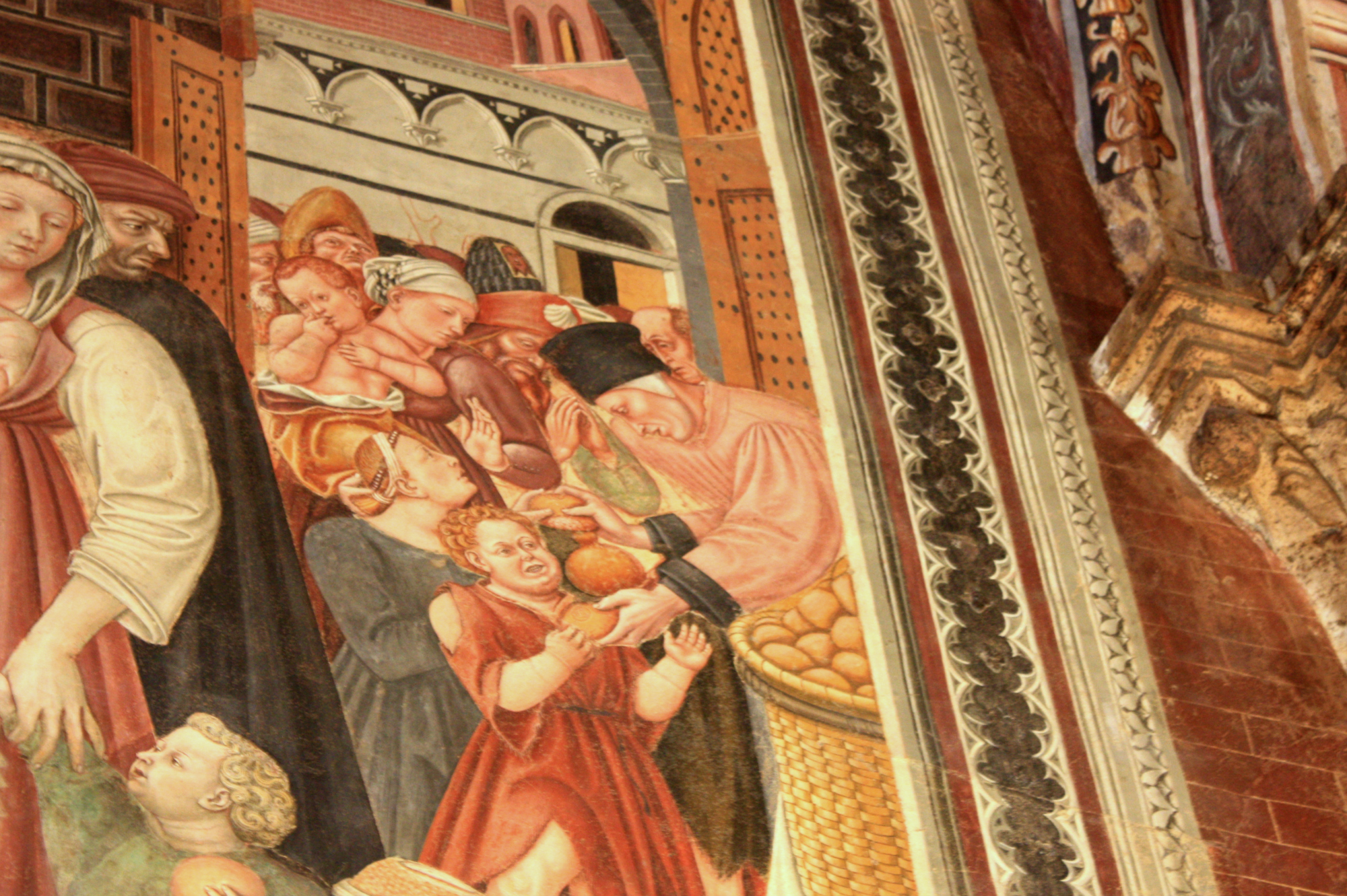
Here you can admire the extraordinary Sala del Pellegrinaio, with 15th-century frescoes that Domenico di Bartolo also worked on, depicting the hospital's missions and daily life of the time, such as the distribution of alms or welcome and marriage of an orphan who grew up in the hospital.
Let’s not forget the Sagrestia Vecchia (Old Sacristy) with paintings by Lorenzo di Pietro, known as il Vecchietta, the Cappella del Manto (Mantle Chapel) with the lunette by Domenico Beccafumi, the Cappella della Madonaa (Chapel of the Virgin Mary) and the Church of the Santissima Annunziata.
Going down to the lower level you come to the Corticella, the real junction of the Santa Maria routes, overlooked by the Fienile medievale (medieval Barn), where the original statues sculpted by Jacopo della Quercia for Fonte Gaia, the fountain in Piazza del Campo, are preserved.

Here you can also visit the medieval granary, the seats of two confraternities (the Compagnia dei disciplinati under the vaults of the hospital and the Compagnia di Santa Caterina della Notte) and the Corticella warehouses, where the Treasure of Santa Maria della Scala, a group of relics from the imperial chapel in Constantinople, is on display.
From the Corticella you then go down to the tunnels, veritable evocative labyrinths carved into the sandstone and built with bricks, where the National Archeological Museum and the section "Siena: story of the city from its origins to the Middle Ages" are located.
In front of the Museum of Santa Maria della Scala stands the imposing Duomo di Siena (Cathedral of Siena), an incredibly fascinating architectural complex whose interior is rich in works of art.
For information on accessibility: regionetoscana.it

